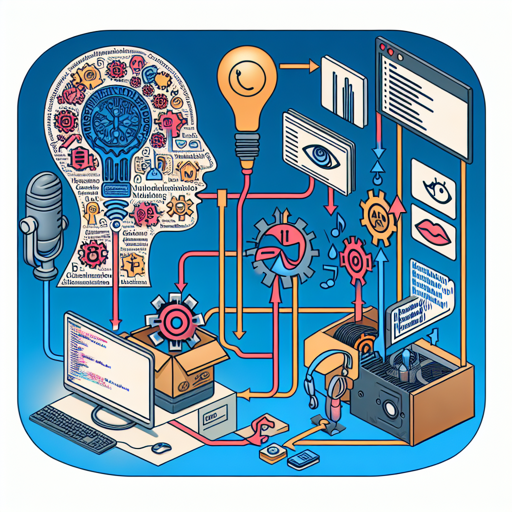In the world of Automatic Speech Recognition (ASR), the integration of powerful models like Whisper into efficient tools like CTranslate2 is becoming ever more critical. This blog post will guide you through the steps of using the Whisper Medium.en model with CTranslate2, ensuring you can transcribe audio files seamlessly.
Getting Started
Before diving into the implementation, ensure you have the necessary libraries installed. Here’s what you need to get started:
Using the Whisper Model in Your Project
Once you’ve set up the prerequisites, it’s time to bring this model into action. The following example demonstrates how to transcribe an audio file using the Whisper model integrated into CTranslate2. Think of it as using a translator at a conference – while you focus on listening to a speaker, the translator writes down everything they say, making it accessible later.
from faster_whisper import WhisperModel
model = WhisperModel("medium.en")
segments, info = model.transcribe("audio.mp3")
for segment in segments:
print(["%.2fs - %.2fs: %s" % (segment.start, segment.end, segment.text)])Understanding the Code
This code snippet does a few vital tasks:
- Importing the Model: It imports the WhisperModel from the faster_whisper package.
- Loading the Model: The model is instantiated with the medium.en specification, similar to hiring a professional translator.
- Transcribing Audio: The transcribe() method takes an audio file and provides back segments of transcribed text along with their time-stamps.
- Displaying the Output: The loop prints each segment’s start and end times, along with the transcribed text, akin to getting a summary report from your translator at the end of the session.
Conversion Details
The conversion of the OpenAI Whisper Medium.en model to CTranslate2 was accomplished with the following command:
ct2-transformers-converter --model openai/whisper-medium.en --output_dir faster-whisper-medium.en --copy_files tokenizer.json --quantization float16This command efficiently converts the original model, ensuring that the model weights are saved in FP16 format, which makes the model lighter and faster without sacrificing performance. It’s similar to compressing files on your computer so that they take less space while retaining data integrity.
Troubleshooting
Encounters with issues are common, especially when working with new technology. Here are some troubleshooting tips to assist you:
- Ensure that all dependencies are installed and that you’re using compatible versions of each library.
- If you encounter errors related to model loading, verify that the model path is correctly referenced.
- Make sure your audio file is accessible and in the correct format (e.g., MP3).
- If problems persist, check the [CTranslate2 documentation](https://opennmt.net/CTranslate2) for detailed instructions and options for handling quantization errors.
For more insights, updates, or to collaborate on AI development projects, stay connected with fxis.ai.
Conclusion
In conclusion, using the Whisper Medium.en model with CTranslate2 can greatly enhance your audio transcription projects. Each step, from installation to execution, is essential to ensuring you get the best results from this powerful model.
At fxis.ai, we believe that such advancements are crucial for the future of AI, as they enable more comprehensive and effective solutions. Our team is continually exploring new methodologies to push the envelope in artificial intelligence, ensuring that our clients benefit from the latest technological innovations.

